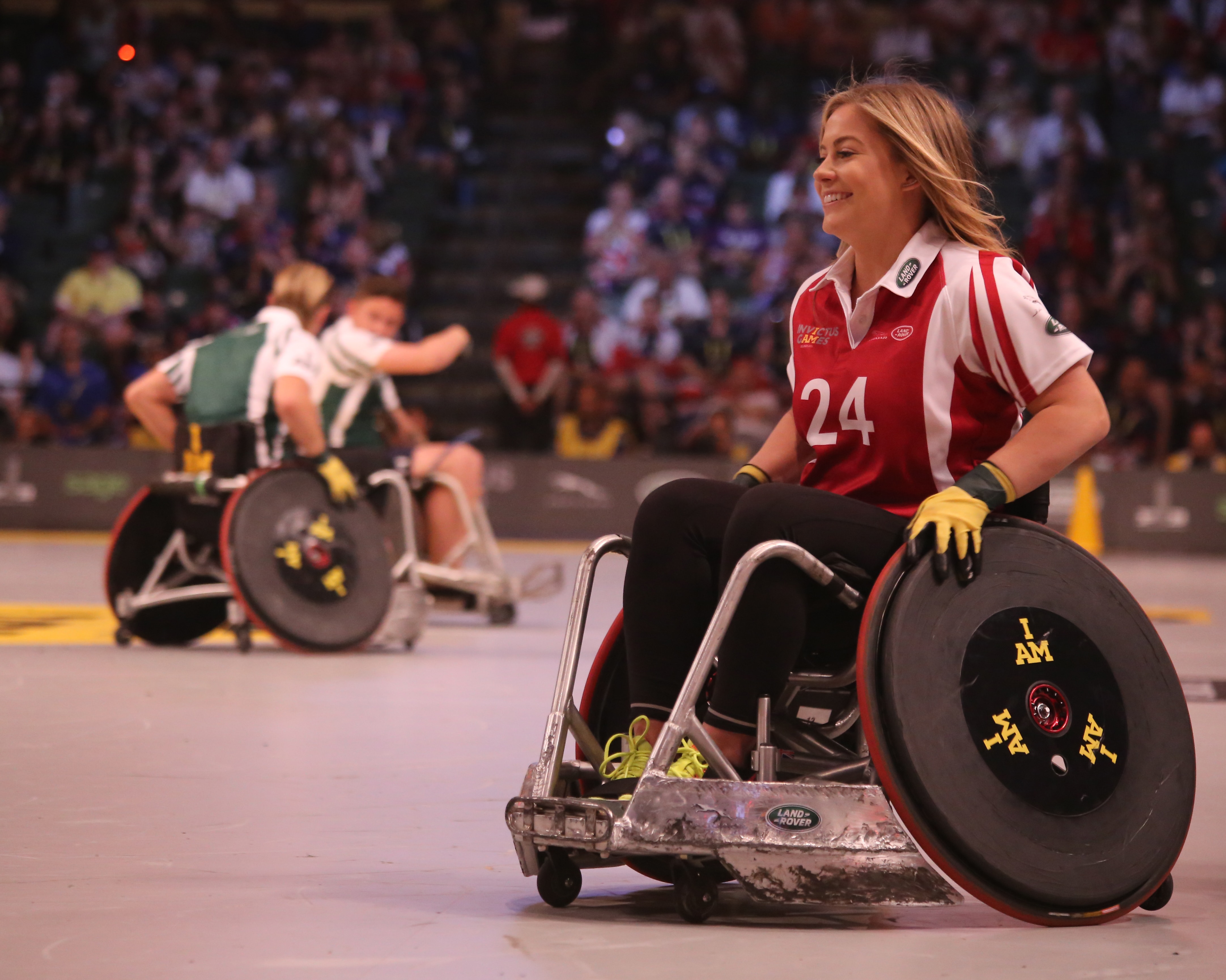
If you’re living with a disability, you may already use certain assistive devices and techniques, like wheelchairs and service dogs, to help you navigate the world in your daily life. But because many sports require specialized devices, you may think that your fitness options are limited.
However,wheelchairs have gotten lighter and easier to use, and dogs now assist more than those who are visually impaired. Similarly, modern technology has evolved to help millions of people with disabilities live out their sporting dreams, and many of these technologies are affordable and within your grasp.
Acknowledging that you need to make certain adaptations in order to participate in some sports and activities is not a weakness; in fact, it’s a smart move that lets you take control of your disability rather than be controlled by it. Here are some of the ways modern technology is helping those with disabilities stay active through sport.
Adaptive wheelchairs
The rise of wheelchair sports can be traced, in part, to the development of better wheelchair technology that allows people with disabilities to participate in many of the same activities as the able-bodied. Lightweight wheelchairs help with sports like wheelchair basketball, tennis, and handball. Chairs with specialty setups can be used for racing. All-terrain chairs are available for more rugged outdoor activities like hiking and backpacking.
Handcycles
Cycling is one of the best ways for those with disabilities to get exercise, as it tends to be lower-impact. Of course, many disabilities prevent you from operating a standard bicycle. That’s where handcycles come into play. The gear mechanism is adapted to allow for users to “pedal” the bike with their arms instead of their legs. All power and steering is derived from the upper body. Talk about a workout!
Home gym equipment
No activity is more accessible than one you can do in your own home. You can customize your home gym’s layout, equipment, and location within your home to suit your specific needs. Even better, most people with disabilities can utilize mainstream fitness equipment for weight lifting and calisthenics.
Tech for extreme sports
For the more adventurous, biking and basketball may not be enough and maybe you need a little extra thrill in your sport. Luckily, there are plenty of modern adaptive technologies to help with this.
One great example is through the advancements in adaptive skiing. “In recent years, adaptive skiing has gone the same way as most other sports for people living with disability: it has mushroomed and the choice of equipment has grown to include more and different user needs and levels. If you are new to sit-skiing, the good news is that there is an abundance of great organisations waiting to get you out on the slopes,” says DisabledGear.com.
Monoskis and bi-skis differ in the amount of blades, but both rely on a bucket seat to secure the rider. With sit-ski technology, you can be independent on the slopes.
Other examples of extreme sports include rock climbing and surfing, both of which have adaptive tech to help people with all types of disabilities. Special harnesses, lifts, and prone boards allow almost anyone to experience this thrilling type of physical activity.
Adaptive carts
One of the most popular sports around is golf, and with modern technology there is a way for almost anyone to experience a great 18 holes. Adaptive carts can be fitted with a chest strap to help you maintain balance while standing on one leg. They can also include rotating chairs which allow for swings in an entirely seated position.
For those with visual impairment
If you think a visual impairment should preclude you from the fun of softball, basketball, and other ball sports, think again. Special equipment, fitted with audio cues, can help the visually impaired hit a softball (beeping balls) or swish a three-pointer (noise-makers inside the basketball). If you’re into shooting or archery, a good spotter can help.
If you do your research and embrace the world of assistive technology that has sprung up in the past few years, you can stay active through a wide range of sports and activities. Exercise doesn’t have to be boring, and it doesn’t have to be off limits to those with disabilities.
Photo by Audi Nissen on Unsplash
